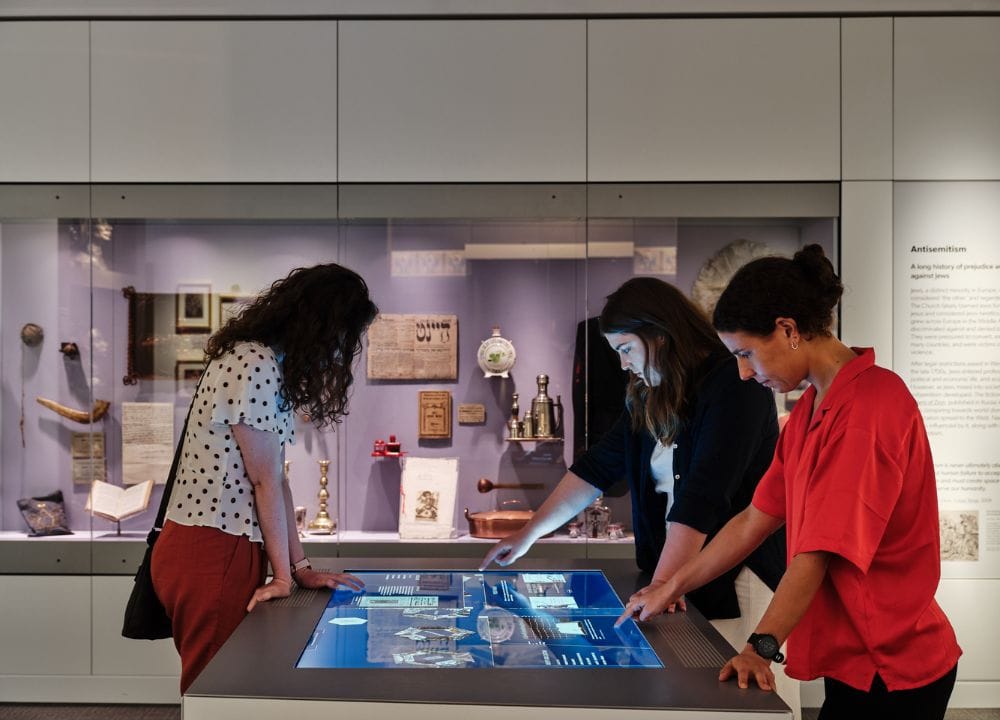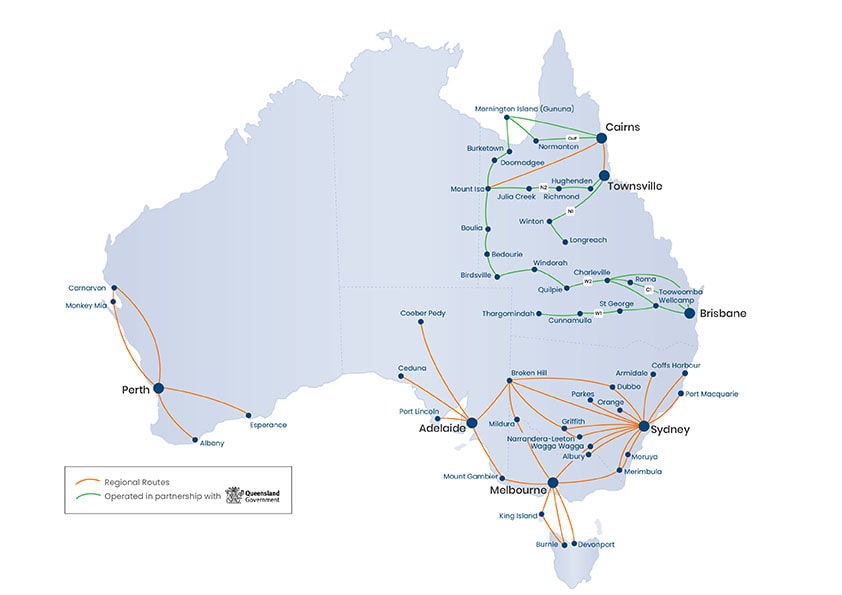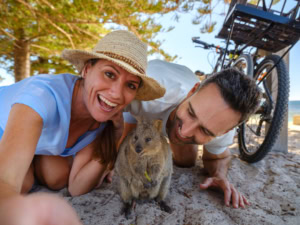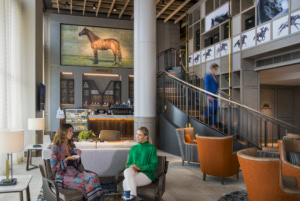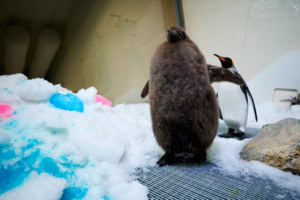Everybody Had a Name offers a uniquely Melbourne perspective on the six million lives lost during the Holocaust, memorialised through individual stories.
“Everybody had a name – nobody had a grave”: this is what Holocaust survivor Tuvia Lipson would tell visitors and school children when sharing his story. The new permanent exhibition at the Melbourne Holocaust Museum takes Lipson’s words as its title and guiding principle.
Everybody Had a Name is an immersive exploration of the Jewish experience of the Holocaust. Divided into six sections, it takes visitors through Jewish life before the war, the rise of Nazism and the outbreak of WWII, through to liberation and its aftermath.
Opener: Interactive table in the exhibition. Image: Simon Shiff.

Calling Melbourne home
Importantly, the exhibition honours and celebrates the lives of Melbourne-based Holocaust survivors, exploring their resilience in rebuilding their lives and communities in Melbourne.Australia’s Jewish population doubled to 30,000 in the immediate post-war period. Most Holocaust survivors who came to Australia post-war were sponsored by relatives.
Powerful testimony, historic photographs and evocative artefacts reveal the stories of these individual lives within the expansive and tragic events of the Holocaust. Through interactive audio-visual overlays, visitors are invited to engage with the narratives of survivors, to bear witness to their experiences and to confront the haunting legacy of the Holocaust.
As senior curator Sandy Saxon says, “By following the personal stories and experience of our survivors, visitors will get a better understanding of the Holocaust and its impact, and about what we all have in common – our shared humanity.”

Gucia’s charm brooch
One special artefact in the exhibition is a metal charm brooch, which was secretly made by Gucia Honigman (later Ferst) and her fellow prisoners from metal offcuts, while imprisoned in Peterswaldau labour camp in 1942.
The charms hold photos of Gucia’s best friend Raisel Plachcinska, and her nephew Chaim Rozenblum. When Gucia returned home after the war she discovered that no one else from her family survived. All she had were some photos she had buried, as well as this brooch and a few of other pieces of covertly-made jewellery from her time working in slave labour.
Such personal items connect us with the experiences of Holocaust survivors, and those who were murdered.
Each step through the exhibition serves as a reminder of our collective responsibility to remember, to educate and to ensure that the voices of survivors are never forgotten.
The Melbourne Holocaust Museum is the largest institution in Australia dedicated solely to Holocaust education, preservation and remembrance. The museum holds a collection of more than 12,000 historical artefacts and 1,300 survivor testimonies. After a five-year redevelopment project, the museum reopened in November 2023 with two state-of-the-art exhibition spaces, a virtual reality experience and a dedicated memorial room.
If you enjoyed reading about the Melbourne Holocaust Museum, check out our Events and Reviews page for more events and exhibitions.
Travel to Melbourne
Rex flies to Melbourne. Book your tickets here and check out the route map below.


